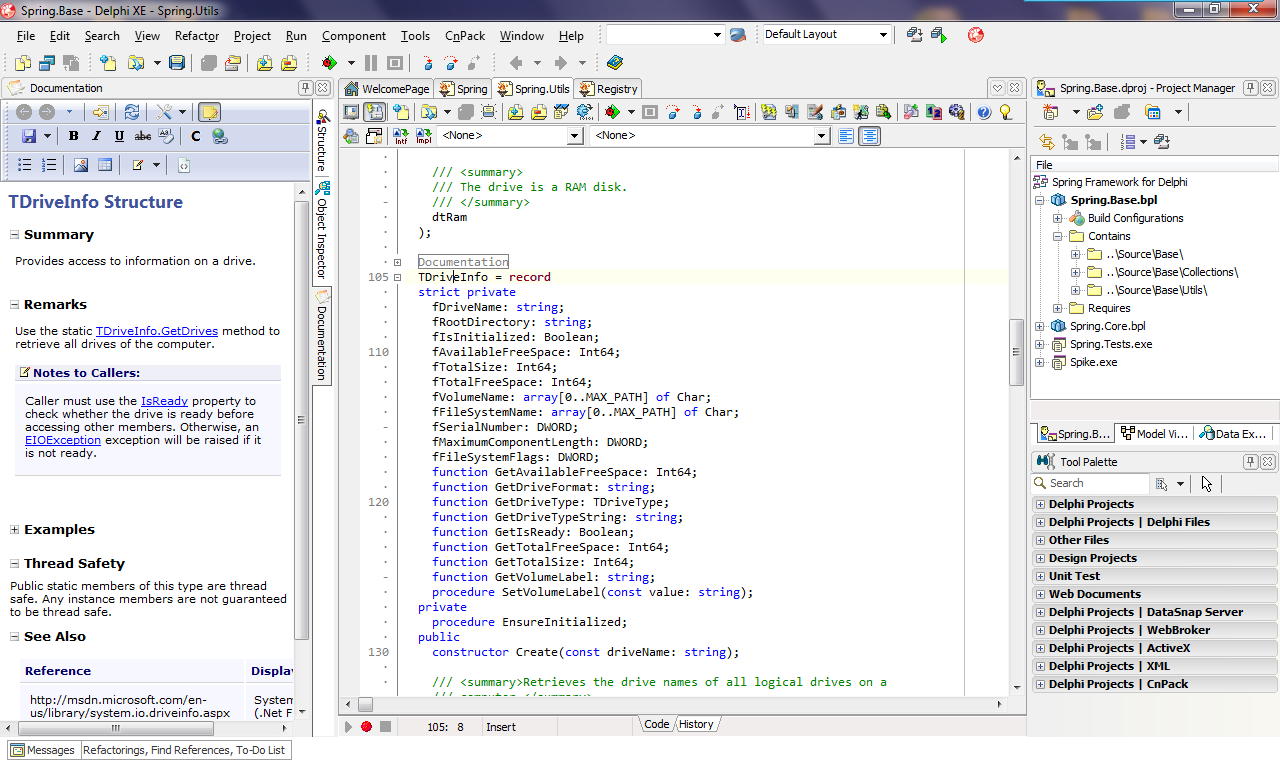This week’s instalment of the UK-based Developer Direct webinar series is called From Data to Business Information with RAD Studio XE2, which focused on InterBase, the multi-platform database that runs on Windows, Mac, Linux and Solaris. The following is a set of links and general information picked up during the broadcast.
Links:
- InterBase product page
- InterBase version comparisons
- InterBase Product Demos
- InterBase XE Database: InterBase Labs and Tutorials
- InterBase documentation
- InterBase free downloads – trial editions and developer editions for various platforms
- Getting started with InterBase Express (IBX)
- Embed. Deploy. Relax! Introducing InterBase XE Database – on-demand webinar
- InterBase XE Update 4 Developer’s Guide – UDFs are covered in detail in Section 6
- Building a 64-bit Delphi XE2 User Defined Function for InterBase XE – video tutorial
- Introduction to InterBase Stored Procedures and Triggers
- Using InterBase Encryption – video showing how to use the new encryption feature of InterBase using IBConsole and ISQL, available to watch online or download
- InterBase ToGo edition documentation
Info:
- Access InterBase from Delphi/C++Builder using:
- InterBase Express (IBX) – components on the InterBase page of the tool/component palette. These surface lots of InterBase-specific functionality
- dbExpress (DBX) – components on the dbExpress page of the tool/component palette. This accesses InterBase to the same level that any other database can be accessed.
- InterBase supports triggers, which are special cases of stored procedures that are automatically called before/after insert/update/delete calls
- InterBase supports events to notify client apps (e.g. using TIBEvents IBX component) of things of interest to avoid the need for polling. Event alerters in the DB are special cases of stored procedures associated with insert, delete or update operations.

